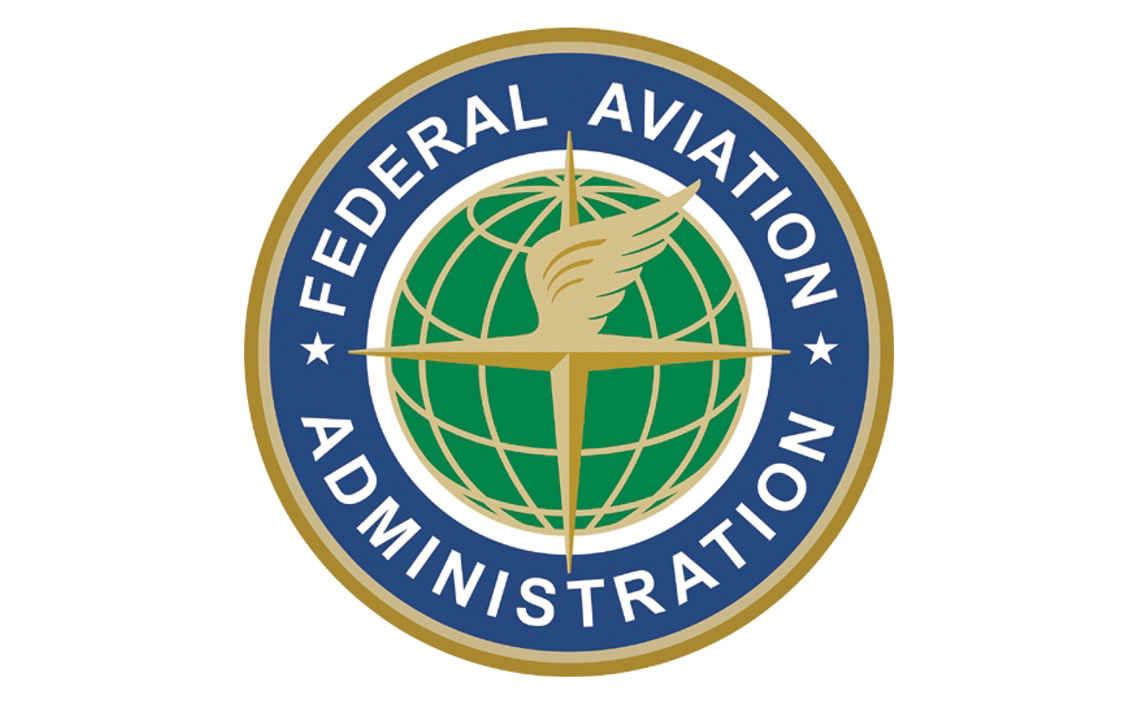SUMMARY:
Upon publication of ASTM standard F3361, Classifying Alterations for In-Service Aircraft Under FAA Authority Oversight, the Aircraft Electronics Association petitioned the Federal Aviation Administration to recognize it as an acceptable means of compliance for the evaluation of alterations while making a determination of major or minor.
The regulations addressing the criteria for major and minor alterations are well established, and there are guidance and policies on how to proceed once a determination has been made; however, the fundamental process of the initial evaluation and making the determination has been lacking.
Following two years of research and capturing industry best practices, including the AEA's training, Architecture of an Alteration, ASTM developed and published the industry consensus standard: ASTM standard F3361, Classifying Alterations for In-Service Aircraft Under FAA Authority Oversight.
In an effort to promote consistency and standardization, the AEA petitioned the FAA for acceptance of the ASTM standard as an acceptable means of compliance. As an FAA-recognized AMC, this document is essentially the same as if it was published as an advisory circular. (To read the FAA's response to the AEA's petition, click here.)
This acceptable means of compliance is acceptable for the evaluation of alterations on all U.S.-registered aircraft, not withstanding other regulatory requirements contained within Parts 121 and 135.
AEA COMMENTARY:
The AEA is encouraged with the FAA's recognition of this ASTM standard as an acceptable means of compliance. The association will be conducting training on this new ASTM standard: ASTM standard F3361, Classifying Alterations for In-Service Aircraft Under FAA Authority Oversight, at each of the AEA Connect Conferences in the United States and Canada. In addition, AEA members attending the AEA Connect Conferences will receive a copy of this ASTM standard. For specific dates, locations, and registration links for the AEA Connect Conferences, visit aea.net/connect.
FOR MORE INFORMATION:
Contact Ric Peri, AEA vice president of government and industry affairs, by email at ricp@aea.net or by phone at 202-589-1144.

